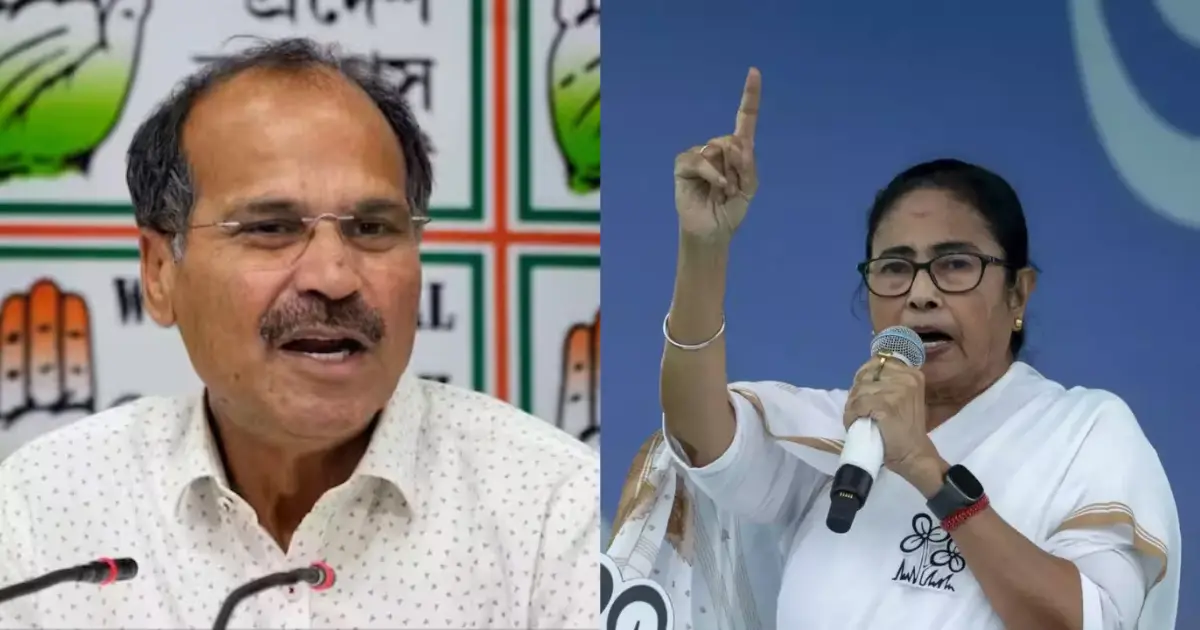
Mumbai’s Residents in Peril: The City’s Soaring Rent Crisis
Mumbai, renowned for its glittering Bollywood stars and affluent business tycoons, is currently experiencing significant infrastructure growth, including new highways, metro lines, and bridges. However, amidst these developments, numerous dangerously dilapidated buildings designated for demolition still shelter families who opt to stay put, unable to afford the city’s sky-high rent costs.
Every monsoon season, when heavy rains lash the coastal metropolis, some of these antiquated, colonial-era structures give way, often with tragic consequences. Vikram Kohli, an office worker, narrowly escaped death when a four-story building partially collapsed in July. “It was like watching a biscuit crumble when dipped in tea,” he recalled.
This particular building, more than a hundred years old and situated in the bustling Grant Road area, had been identified by city authorities for repairs three years prior. A “warning notice for evacuation” was issued by the government in June, yet the residents ignored it. According to the state housing authority, “No one left.” When the structure eventually collapsed, it resulted in the death of a passerby, injuries to four others, and required the fire brigade to rescue 13 people.
Vaishnav Narvekar, who ran a small café on the building’s ground floor, had anticipated the collapse but didn’t expect it to occur so soon. He described the situation as “the worst feeling.”
‘Precarious and Crumbling’
This incident is just one of many in Mumbai, a city with an estimated population of 20 million. The Maharashtra Housing and Area Development Authority (MHADA) reports that over 13,000 buildings are in need of “ongoing repair” to prevent potential collapse. Nearly 850 of these are categorized as “dangerous and dilapidated” and are deemed “beyond repair,” suggesting that hundreds of thousands of people might be living in precarious conditions.
Fatal building collapses are increasingly common each year, spurred by more severe rainstorms that scientists attribute to climate change. Despite the rapidly transforming skyline filled with new infrastructure projects, the city’s budget for affordable housing is stretched thin, leaving many residents unwilling to abandon their unstable homes.
‘This Is Our Home’
“Where else can we go?” questioned a tenant from Ghatkopar, residing in a building labeled as “dangerous.” Preferring to remain anonymous for legal reasons, the tenant added, “Our lives are here.”
Mumbai boasts the highest rental rates in India, with the average rent for a one-room apartment estimated at approximately 40,000 rupees, according to the Global Property Guide. Luxury apartments can command prices up to twelve times higher. Property owners argue that strict rent control laws mean some long-term tenants pay significantly less than market rates, which hampers landlords’ ability to fund essential repairs.
Conversely, tenants fear that landlords may evict them with unfulfilled promises of compensation. “Developers benefiting from redevelopment must guarantee fair compensation for us,” asserted the Ghatkopar tenant, who pays a mere 800 rupees (around $9.50) a month for a 46-square-meter (500-square-foot) apartment.
In another similar building in Ghatkopar, Jayesh Rambhiya pays around 500 rupees a month for a modest apartment. Having lived in the building his entire life, Rambhiya is willing to relocate if fairly compensated, especially since a similar apartment in the vicinity would cost him nearly ten times more. “It’s our right,” he stated firmly.
‘No Fear’
City officials do provide temporary “transit housing” for those awaiting the reconstruction of their homes, but these accommodations are scarce. Sanjeev Jaiswal, MHADA’s deputy head, acknowledged that these facilities are “almost” at capacity.
Nearby the site of the July collapse on Grant Road, another four-story building has been labeled “most dangerous.” Farida Baja, who manages an animal shelter there, received an evacuation notice in June but remains unfazed. “This building is very strong,” she claimed, pointing out the difficulty of even hammering a nail into the wall.
Another resident managed to secure a court injunction, temporarily halting the demolition. Some residents allege that developers exaggerate the deterioration of buildings to force tenants out, leading to protracted legal disputes to delay demolitions. Baja, confident in the building’s structural integrity, dismisses the concerns of surveyors. “I’m not afraid,” she insisted. “I know the building isn’t coming down.”
Also Read: Mumbai Police Issues Traffic Advisory for BKC Motorists from August 28-30: Key Details Inside









